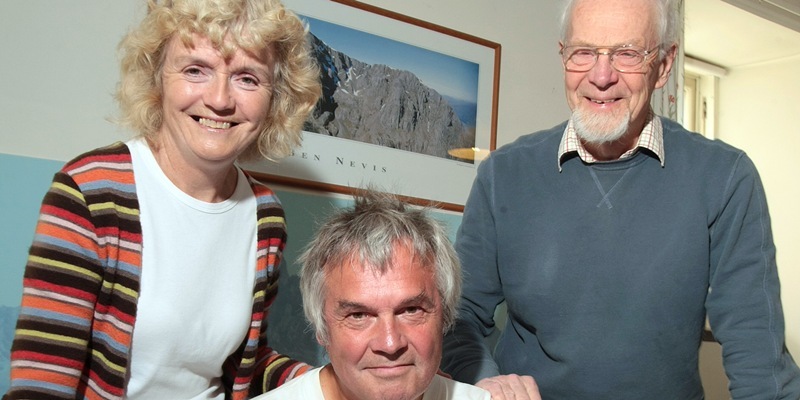Scotland’s tally of Munros could drop by one to 282, following the release of new satellite data.
The Munro Society of Scotland met in Perth on Tuesay and revealed that Beinn a’Chlaidheimh in Fisherfield Forest, near Ullapool, misses the cut-off by just 44 centimetres the height of an Ordnance Survey map.
Members of the society, who have each climbed every Munro, used the latest satellite equipment to accurately measure the mountain and two other summits in the remote forest.
Beinn a’Chlaidheimh, previously mapped at 916 metres, was recorded at 913.96 metres. Scotland’s Munros must exceed 914.4 metres (3000 feet).
Beinn Dearg Mor, a Corbett, was recorded at 906.28m while the previous Ordnance Survey map height was 910m.
The third mountain, Ruadh Stac Mor, was measured by the society at 918.67m. The OS map measurement was a slightly smaller 918.65m.
The society set about re-recording the heights of mountains just below and just above the Munro threshold back in 2007, resulting in Sgurr nan Ceannaichean in Wester Ross being re-classified as a Corbett in 2009.
The official decision must be taken by the Scottish Mountaineering Club, after the results are verified by Ordnance Survey.
Iain Robertson (75) from Perth led the recent survey expedition.
Mr Robertson, who “bagged” all the country’s Munros between 1953 and 1963, encouraged aspiring mountaineers to try and complete the feat saying it was his proudest achievement.Will not diminish experienceThere are 250 members of the exclusive climbing club, reaching from the far Highlands to Bristol and the Netherlands.
Mr Robertson said, “In measuring the heights of mountains just below and just above 3000ft, 914.4m, we believe we are following in the tradition of accurate measurement established by Sir Hugh Munro who first produced the Munro’s Tables in 1891.
“Munro and his friends relied on aneroid barometers, the technology of the time.
“In 2011 we use satellite technology to achieve yet greater accuracy, but we seek the same objective.
“Munro never set down complete criteria for Munro status before his death in 1919, but it has always been accepted that 3000ft was the primary requirement.”
He added, “It seems unlikely that the thousands who enjoy the Scottish mountains every year will stop climbing them if and when their status in the tables changes.
“All remain fine mountains in their own right and the experience enjoyed in ascending their slopes is in no way diminished.”
It is believed that any changes recorded are a result of better equipment rather than geographic alterations.
Mr Robertson said, “Perthshire is surrounded by a number of impressive Munros and from an early age I was always eager to summit them.
“After climbing a few I got the bug and decided I wanted to complete them all, which took me just under 10 years.”
